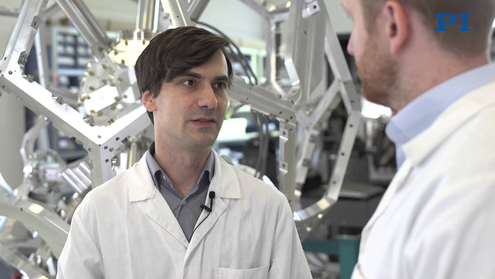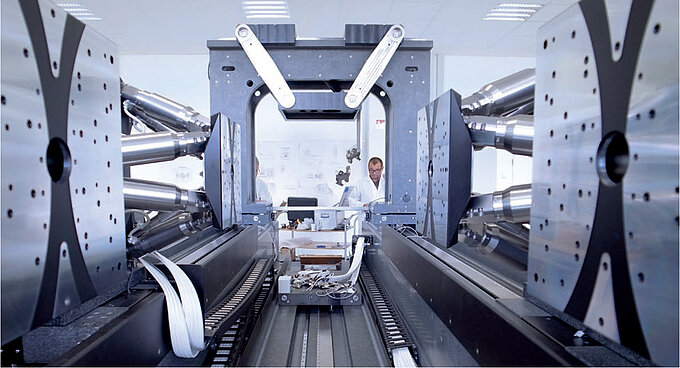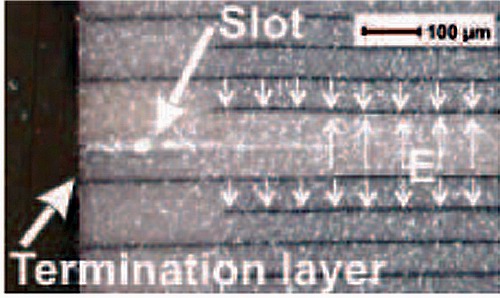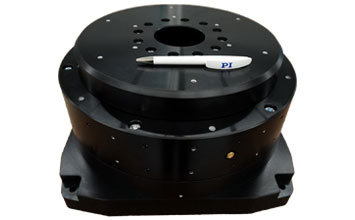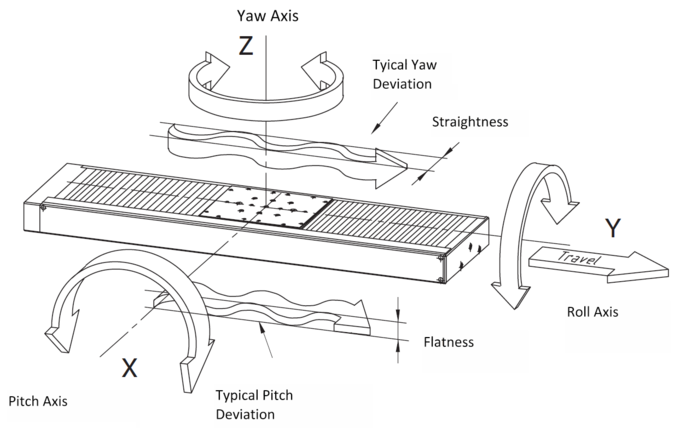Dr. Markus Simon, head of the PI miCos beamline instrumentation group explains a special double hexapod PKM system designed for synchrotron x-ray spectroscopy, for complex material testing and analysis. An application of such a system in research can be found in this article on the Brookhaven National Laboratory’s Newsroom website: “Converting CO2 into Usable Energy“.
Q: What exactly are we looking at?
A: The system here is the mechanical base for an x-ray spectrometer which essentially consists of two hexapods 6-axis alignment systems and the vacuum chamber; the finished device will be used in a beamline at a synchrotron radiation source (particle accelerator).
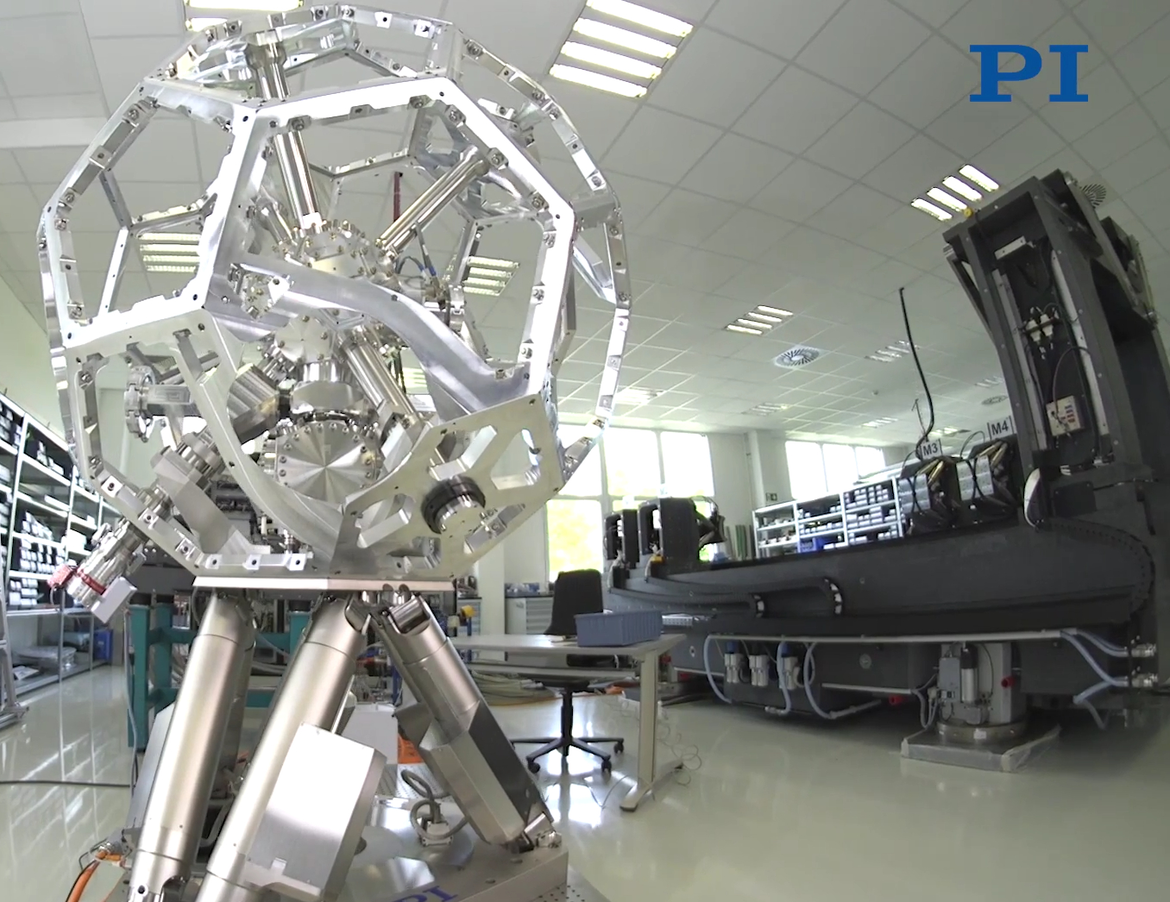
In the case of a beamline, the radiation that is created in certain parts of [the] storage ring is used to perform various experiments in different test setups. The purpose of this system is spectroscopic analysis of material samples, such as ultra-thin layers for the semiconductor industry. In addition, it is intended for medical research to examine highly diluted biological samples.
Q: What is the operating principle?
A: The incident synchrotron or x-ray radiation is focused on to the sample and x-ray lens. The sample in turn emits light in the x-ray range. The spectrometer examines the light according to wavelength and intensity [and] this enables us to find out more about the material composition of the sample.
Q: What is the requirement of a system? It has six degrees-of-freedom, can move in all six axes, why exactly is this necessary?
A: Various points on the sample surfaces need to be illuminated from different angles, but because the sample is coupled to the vacuum chamber, it is necessary to position it in six degrees of freedom initially. The x-ray lens is also coupled to the vacuum chamber mechanically. That’s why a second parallel kinematic machine (hexapod) is necessary to position the x-ray lens in the chamber so that it always remains at the same place with respect to the incident x-ray beam.
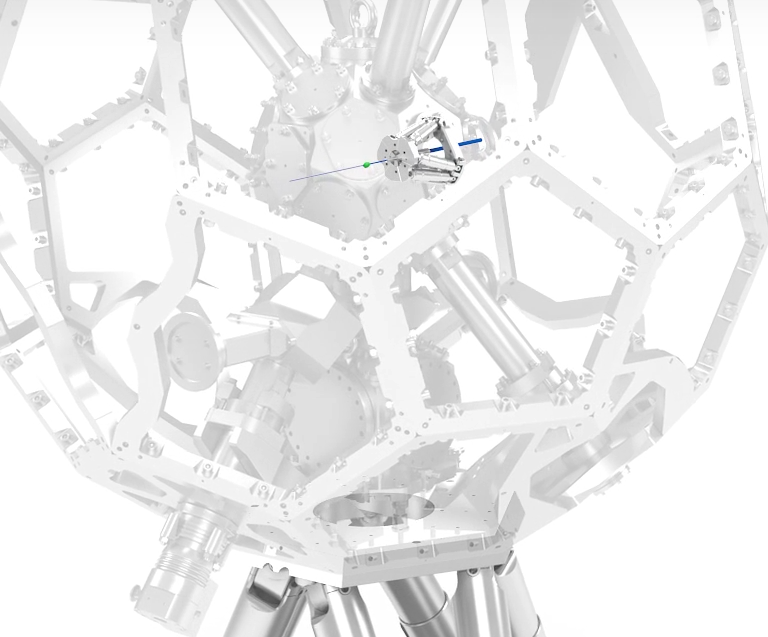
Q: How accurately does this work?
A: If the sample is rotated around the x-ray beam, the x-ray lens will move less than the diameter of a hair. The larger of the two hexapods has an angular resolution which is considerably better than 10 micro radians; it can position loads of two metric tons while providing this extreme precision.
Q: What knowledge is required to install the system, does the customer have to take care of that?
A: PI miCos has experts who help with the installation. We work closely with the customer, from the initial conception phase to the installation and startup of the system. Our goal is to be a solution provider offering comprehensive services during the entire project.
Blog Categories
- Aero-Space
- Air Bearing Stages, Components, Systems
- Astronomy
- Automation, Nano-Automation
- Beamline Instrumentation
- Bio-Medical
- Hexapods
- Imaging & Microscopy
- Laser Machining, Processing
- Linear Actuators
- Linear Motor, Positioning System
- Metrology
- Microscopy
- Motorized Precision Positioners
- Multi-Axis Motion
- Nanopositioning
- Photonics
- Piezo Actuators, Motors
- Piezo Mechanics
- Piezo Transducers / Sensors
- Precision Machining
- Semicon
- Software Tools
- UHV Positioning Stage
- Voice Coil Linear Actuator
- X-Ray Spectroscopy

